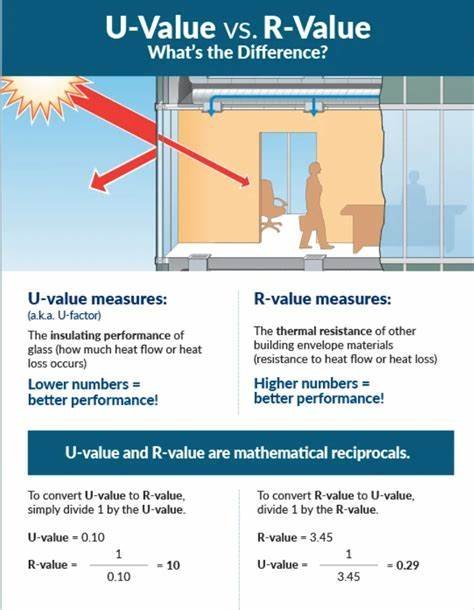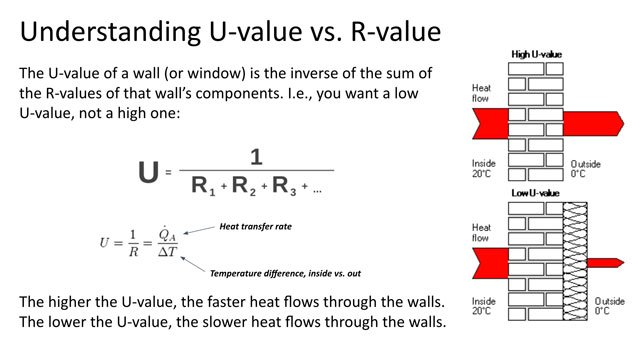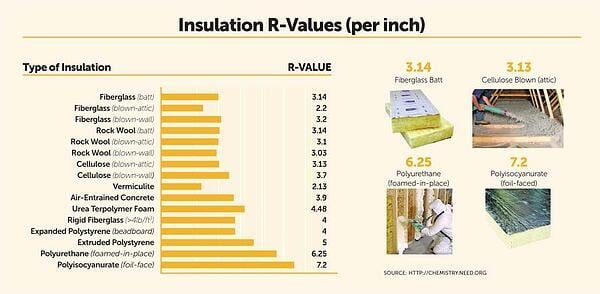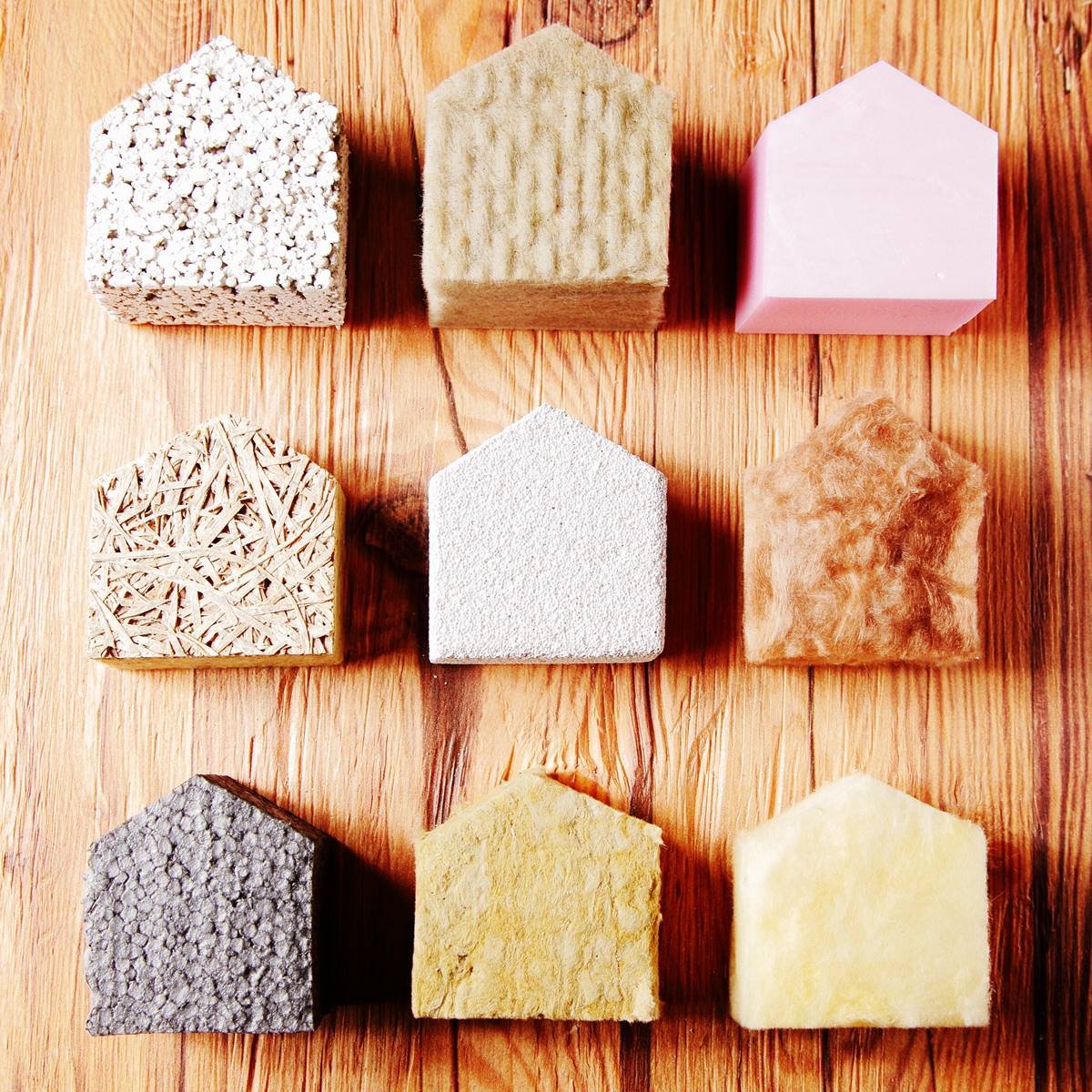Are you confused about R-value and U-value? You're not alone. These terms often come up in construction and insulation, but what do they really mean? Let's break them down to understand how they impact your building projects.
R-value measures how well a material insulates, while U-value indicates how well a building element conducts heat. Essentially, the higher the R-value, the better the insulation, and the lower the U-value, the better the thermal performance.
Curious about how these values affect your projects? Keep reading to dive deeper.

What is R-value?
R-value tells us how well a particular construction material insulates. The higher the R-value, the better the insulation, meaning less heat escapes. It's commonly used for materials like insulation, where the goal is to reduce heat transfer as much as possible.
What is U-value?
U-value measures the rate of heat transfer through a building element like a wall, roof, or window. A lower U-value indicates better insulating properties, which means less heat loss and greater energy efficiency.
How are R-value and U-value Related?
R-value and U-value are inversely related. Mathematically, U-value is the reciprocal of R-value (U = 1/R). For example, a material with an R-value of 5 has a U-value of 0.2 (1 divided by 5). This relationship helps in understanding that as insulation quality increases (higher R-value), the rate of heat transfer decreases (lower U-value).
Why is Understanding R-value and U-value Important?
- Energy Efficiency: Better insulation (high R-value) and lower heat loss (low U-value) mean reduced energy costs for heating and cooling.
- Comfort: Proper insulation keeps indoor temperatures stable, enhancing comfort.
- Environmental Impact: Efficient insulation reduces the need for heating and cooling, lowering carbon footprints.

Common Questions About R-value and U-value
- How do I choose the right R-value for my insulation?
- It depends on your climate. Colder climates typically require higher R-values to keep heat in, while milder climates can use lower R-values.
- What materials have high R-values?
- Materials like polyurethane foam, fiberglass, and polystyrene have high R-values, making them excellent insulators.
- How is U-value calculated?
- U-value is calculated by measuring the heat transfer through a material per unit area per degree of temperature difference.
- Why do windows have U-values instead of R-values?
- Windows, being made of multiple materials, are better rated with U-values which consider the overall thermal performance of the unit.
- Can you improve a building's U-value?
- Yes, by upgrading insulation, using double or triple-glazed windows, and ensuring airtight construction, you can significantly improve a building's U-value.
- How do building codes influence R-value and U-value?
- Building codes set minimum requirements for R-values and U-values to ensure energy efficiency and safety standards are met.

Conclusion
Understanding R-value and U-value is crucial for making informed decisions about insulation and energy efficiency in your construction projects. By selecting materials with appropriate R-values and ensuring low U-values for elements like windows and walls, you can enhance the comfort and sustainability of your buildings.
For further reading and resources, check these https://cubinest.com




